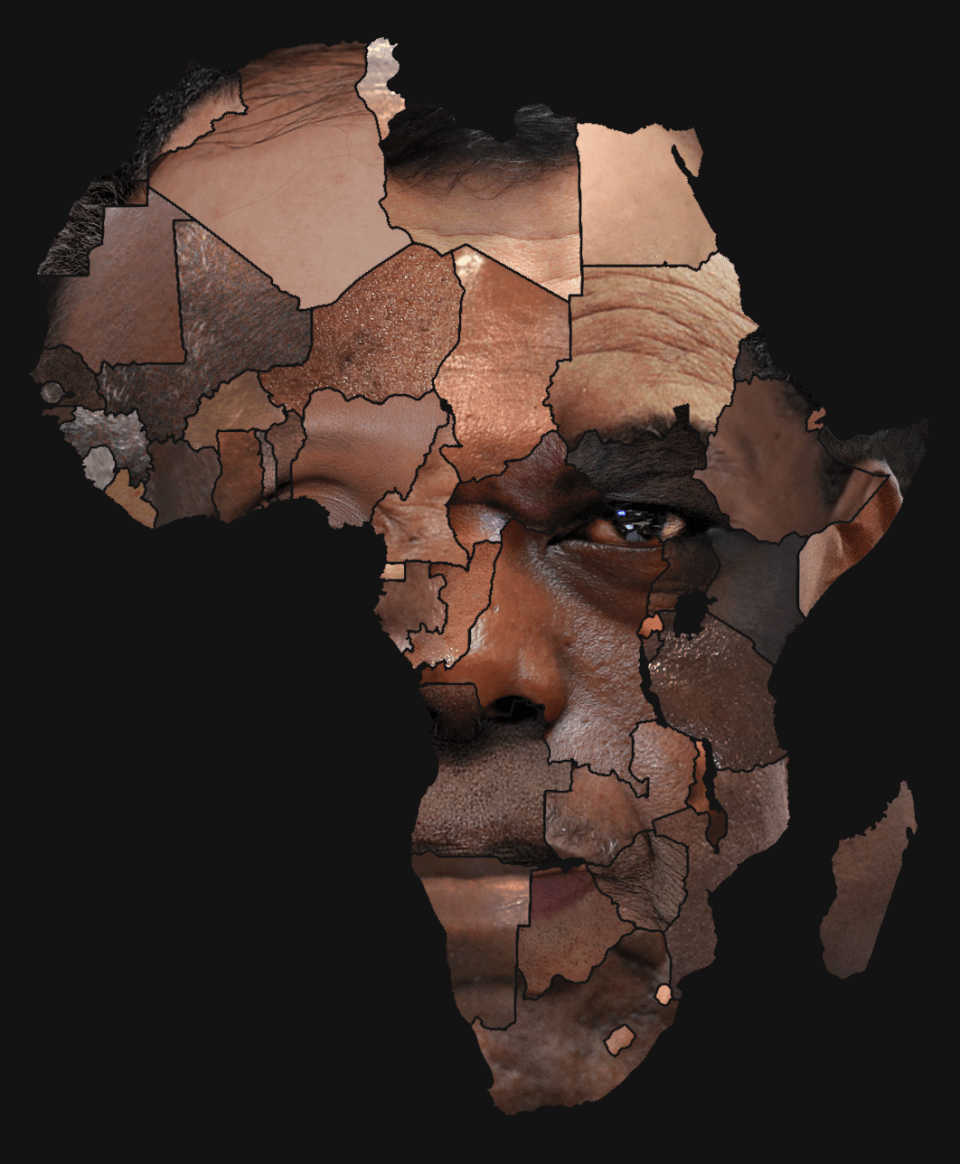
Problems Facing Social Innovation in Africa
“The real work of social innovation is to fix our broken human systems.”
Cheryl Heller, American Author and Business Strategist
According to the United Nations Children’s Fund (UNICEF), the population of Africa will grow to 2.4 billion by the year 2050 and youths under the age of 35 will dominate the population. The report further states that for the continent to adequately cater for the increased population, it will need to rely on catalytic social innovation in different spheres of its economy.
Renowned American author and business strategist, Cheryl Heller identified Africa’s problems and summed up the continent’s challenges when she said to promote social innovation, Africa must first fix its broken systems – and rightly so.
Social Innovation are social practices – different from what a society is used to, that aim to satisfy social needs in a better way than the existing solutions; it provides new solutions to problems faced in sectors involving work, education, community development or health.
There have been many registered project registered as social innovations in the African continent, but there is very little to show for the efforts. In 2015, 30 percent of the 3,165 entries for the Echoing Green Award were Africa-focused initiatives. Nigeria, Kenya and Uganda listed as the top 5 countries, in front of the United States and India.
This signified the growing global interest for social change and profitable growth in the continent; sadly, there is not much to show for the social innovation projects, and these are as a result of the following factors:
Poor Education: In Africa, 72 million children are out of school, and about 37 million of the children who make it to school receive extremely poor education.
Sub-Saharan Africa has the highest rate of education exclusion, with over one-fifth of the children between the ages of 6 and 11 not receiving education. UIS data shows that nearly 60 percent of youth between the ages of 15 and 17 are not in class.
Misunderstanding the Problem: Before one can adequately solve a problem, he/she must first fully understand it. The lack of understanding of the problem is a major issue in Africa. Africans know they have a problem, but they differ on what it really is.
Global impact investors, fellows, development partners and stakeholders need to play a more critical role in educating the people and showcasing the success story of social innovators in order to help others understand the issues facing the continent. They also need to facilitate a good knowledge exchange between Africans and their counterparts from other parts of the world.
Capacity Gap: There is always the complaint from investors that even when they are ready to identify potential social innovations, most of them are not ready for funding.
According to the investors, their “theories of change” are not usually compelling enough for funders to bet their money on. The problem is that these investors do not provide capacity building and thus, many potential social innovators are not able to carry on due to lack of support, training and funding.
There is the need for investors, government and stakeholders to tackle the problems from the grassroots by ensuring that there is enough support for education.
Through this, they will be building a body of knowledge from work in Africa and widely sharing it; this will create a solid foundation for social innovation in the continent.

